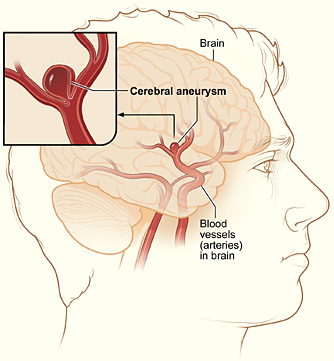Have you ever noticed that when a car or train speed past you, the sound it makes changes in pitch depending on where it is? For example, imagine a train loaded with a marching band. You watch the train come closer and closer to the station where you wait, while the band plays a single note. As the train approaches, the pitch of the note gets higher and higher. The train does not see you and races past the station. As it gets further from you, the note played by the band becomes lower and lower in pitch again. If you cannot imagine this, the next time you see a police car or ambulance racing past you, carefully listen to the sound of the siren.
This change in pitch is called the Doppler effect. The Doppler effect is defined as the change in frequency of a wave (such as sound) for an observer moving relative to the source. It occurs because of the nature of waves. When the source of the sound is still, sound waves ripple out in all directions at a uniform speed. But when the source begins to move, the waves in front of the source begins to bunch up as the source moves with the wave, shortening the distance between each successive wave. As the waves bunch up, the frequency of the sound wave increases, causing a stationary observer to hear it as a higher pitch. This is essentially the same as the waves in the front of a moving boat being bunched up.

The Doppler effect is very useful as it lets the observer measure the speed of the moving object from the amount of “shift” that occurred in the measured wave. This is how speed guns work. Astronomists can use the shift in colour of a star to measure the speed at which it is moving away from or towards us (known as a blue or red shift respectively). In medicine, the Doppler effect is used to visualise the flow of blood in the heart or through vessels on an ultrasound.
In modern society, life gets extremely busy and we have to move quite fast to catch up with it. But like with the Doppler effect, sometimes moving too fast can distort things. You might lose track of what your hopes, dreams and priorities are. People might see a distorted version of who you really are and say that you have “changed”. So no matter how busy you are and how fast the world spins on, remember that it is okay to slow down every now and then just to get a clear picture of where you are, who you are or what you are doing. For in the wise words of Ferris Bueller: “Life moves pretty fast. If you don’t stop and look around once in a while, you could miss it”.











